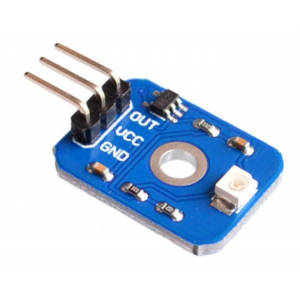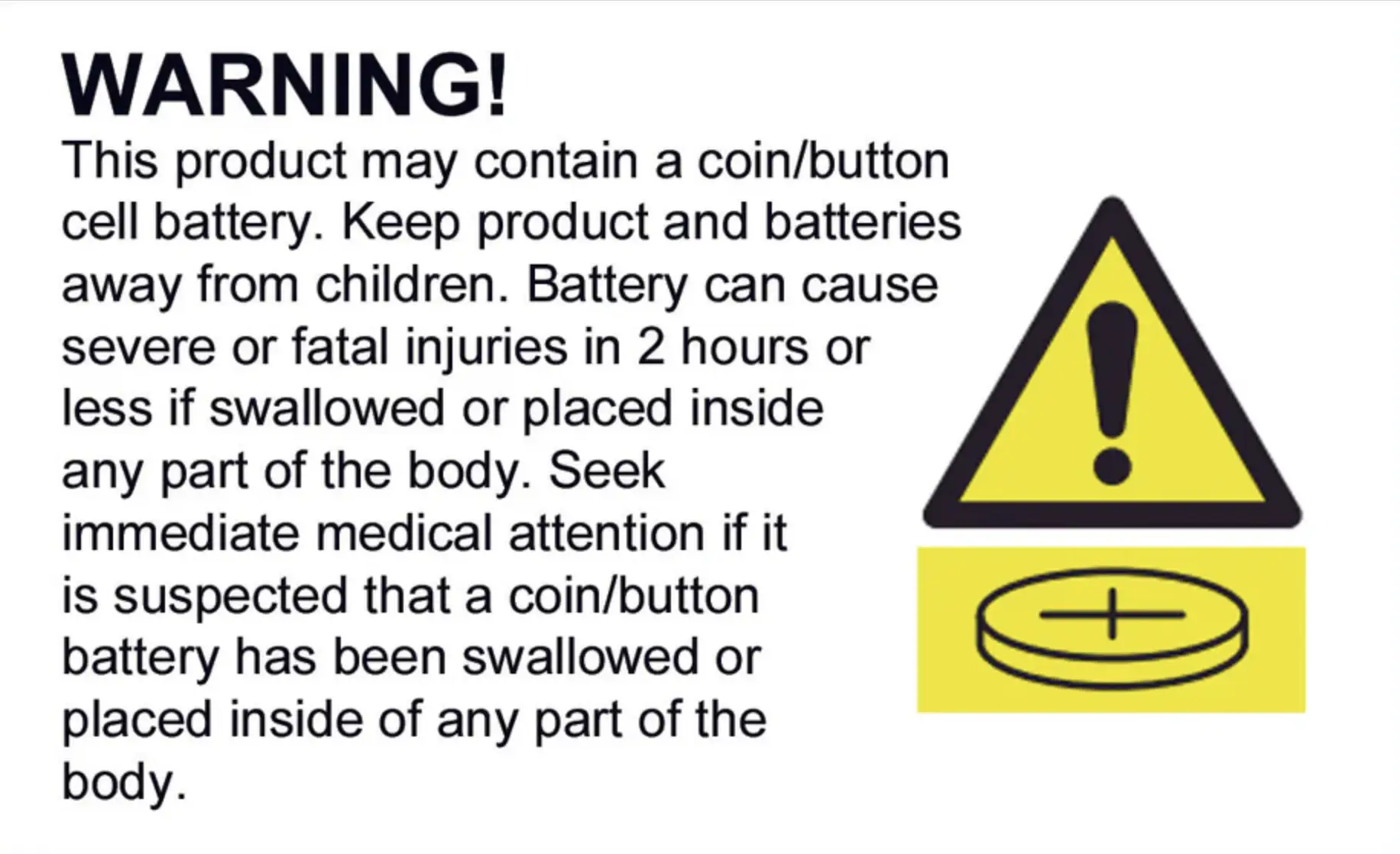
UV Ultraviolet Ray Detection Sensor
We have ✅ 13 available of the LB-LS2299 in our Sydney warehouse.
The LS2299 UV Ultraviolet Ray Detection Sensor is specifically designed for applications requiring high reliability and accuracy in measuring the Ultraviolet Index (UVI). This sensor is ideal for monitoring the total amount of sunlight ultraviolet intensity and aligns with the World Health Organization’s UV index grading standards. With its fast response time and full interchangeability, it’s perfect for environmental monitoring, wearable devices, and other UV detection applications.
Features
- High Reliability and Accuracy: Specially designed to measure the Ultraviolet Index (UVI) accurately.
- Wide UV Detection Range: Detects UV wavelengths from 200nm to 370nm.
- Analog Output: Provides an easy-to-read analog signal output.
- Low Operating Current: Typical current consumption of 0.06mA, with a maximum of 0.1mA.
- Compact Size: Small module dimensions of 19.8mm x 15mm for easy integration.
- Fast Response Time: Quickly detects changes in UV intensity.
- Full Interchangeability: Easily replaceable without the need for recalibration.
Specifications
- Signal Type: Analog Output
- Operating Voltage: 3.3V - 5V DC
- Test Accuracy: ±1 UVI
- Response Wavelength: 200nm - 370nm
- Operating Current: Typical 0.06mA, Maximum 0.1mA
- Module Dimensions: 19.8mm x 15mm
Pinout
- VCC: Positive power supply input (3.3V - 5V)
- GND: Ground
- OUT: Analog signal output (connect to an analog input pin on your microcontroller)
Connecting the Sensor
- VCC: Connect to the 3.3V or 5V power supply of your microcontroller.
- GND: Connect to the ground of your microcontroller.
- OUT: Connect to an analog input pin on your microcontroller.
Usage Notes
- For Arduino users: Ensure that the analog input pin connected to OUT is properly configured to receive analog signals.
- For other microcontrollers (e.g., ARM-based boards): Set the corresponding I/O pin to input mode/receive mode.
- Important: Failure to configure the I/O pin as an input may result in the sensor not functioning correctly.
Example Code
Here’s a simple example of how to read the UV index from the sensor using an Arduino:
const int uvPin = A0; // OUT pin connected to analog pin A0
void setup() {
Serial.begin(9600);
}
void loop() {
int uvLevel = analogRead(uvPin);
float voltage = uvLevel * (5.0 / 1023.0); // Convert the analog reading to voltage
float uvIndex = mapVoltageToUVIndex(voltage); // You may need to create a function based on the sensor's characteristics
Serial.print("UV Index: ");
Serial.println(uvIndex);
delay(1000);
}
// Placeholder function for mapping voltage to UV index
float mapVoltageToUVIndex(float voltage) {
// Implement the mapping based on the sensor's datasheet
return voltage * calibrationFactor;
}
Note: The calibration factor should be determined based on the sensor’s datasheet or by calibration with known UV index levels.
Includes
- 1x LS2299 UV Ultraviolet Ray Detection Sensor
Additional Information
- Operating Conditions: Avoid exposing the sensor to conditions outside of its specified operating range.
- Handling Precautions: Handle the sensor carefully to prevent static discharge or physical damage.
- Power Supply: Do not exceed the maximum operating voltage of 5V to prevent damage to the sensor.
Experience reliable and accurate UV detection with the LS2299 UV Ultraviolet Ray Detection Sensor, perfect for your next project requiring precise ultraviolet measurements.
The UV Ultraviolet Ray Detection Sensor appears in the following collections:

